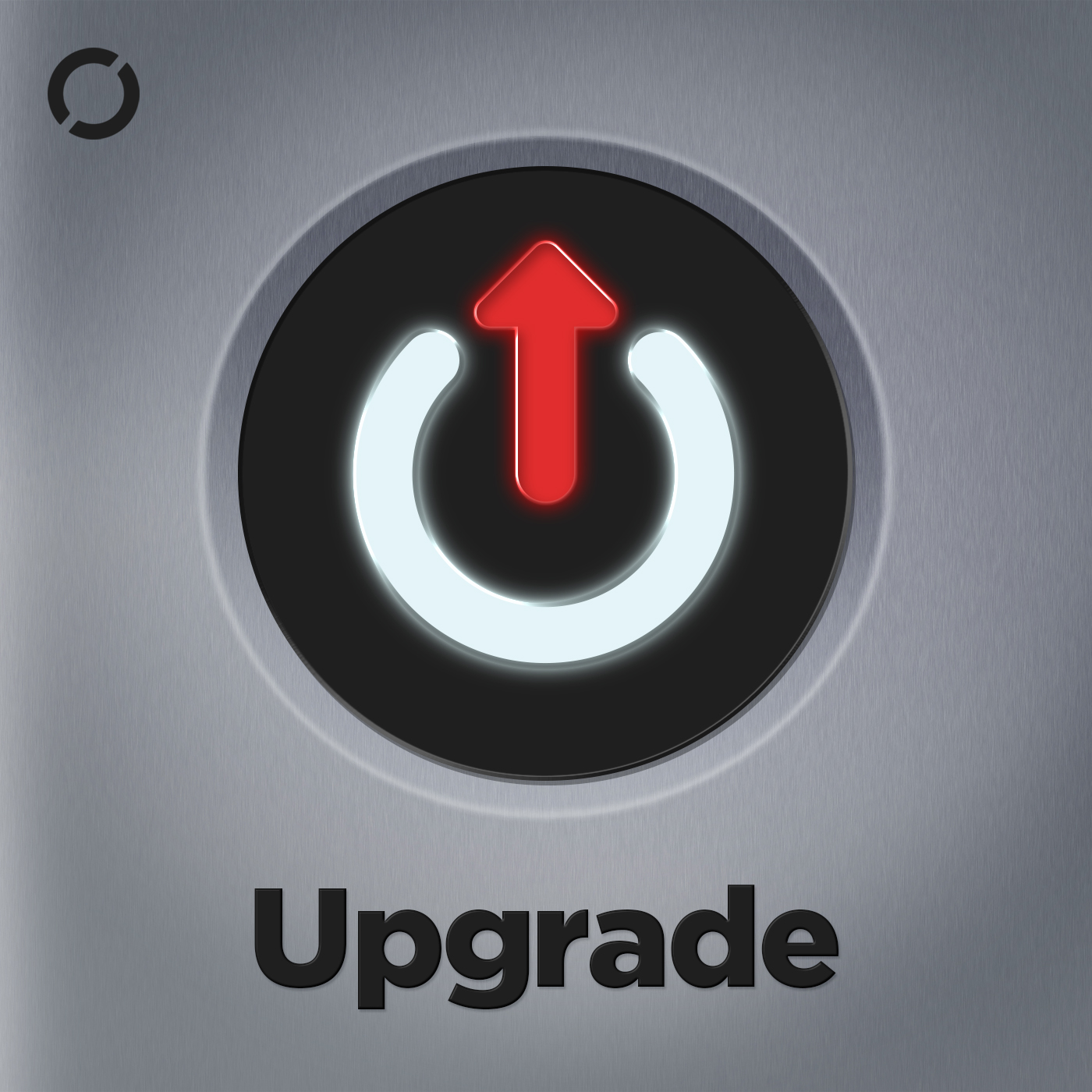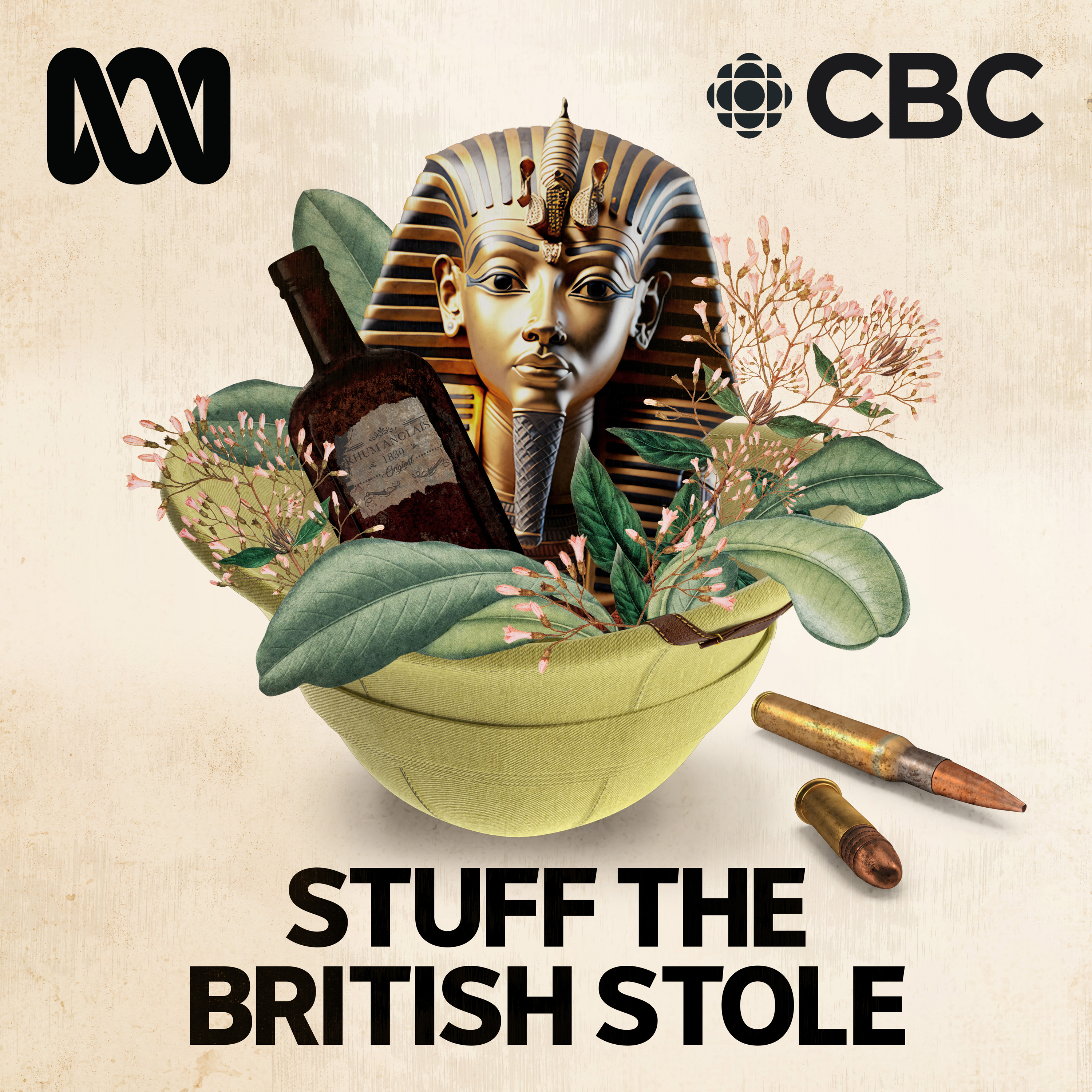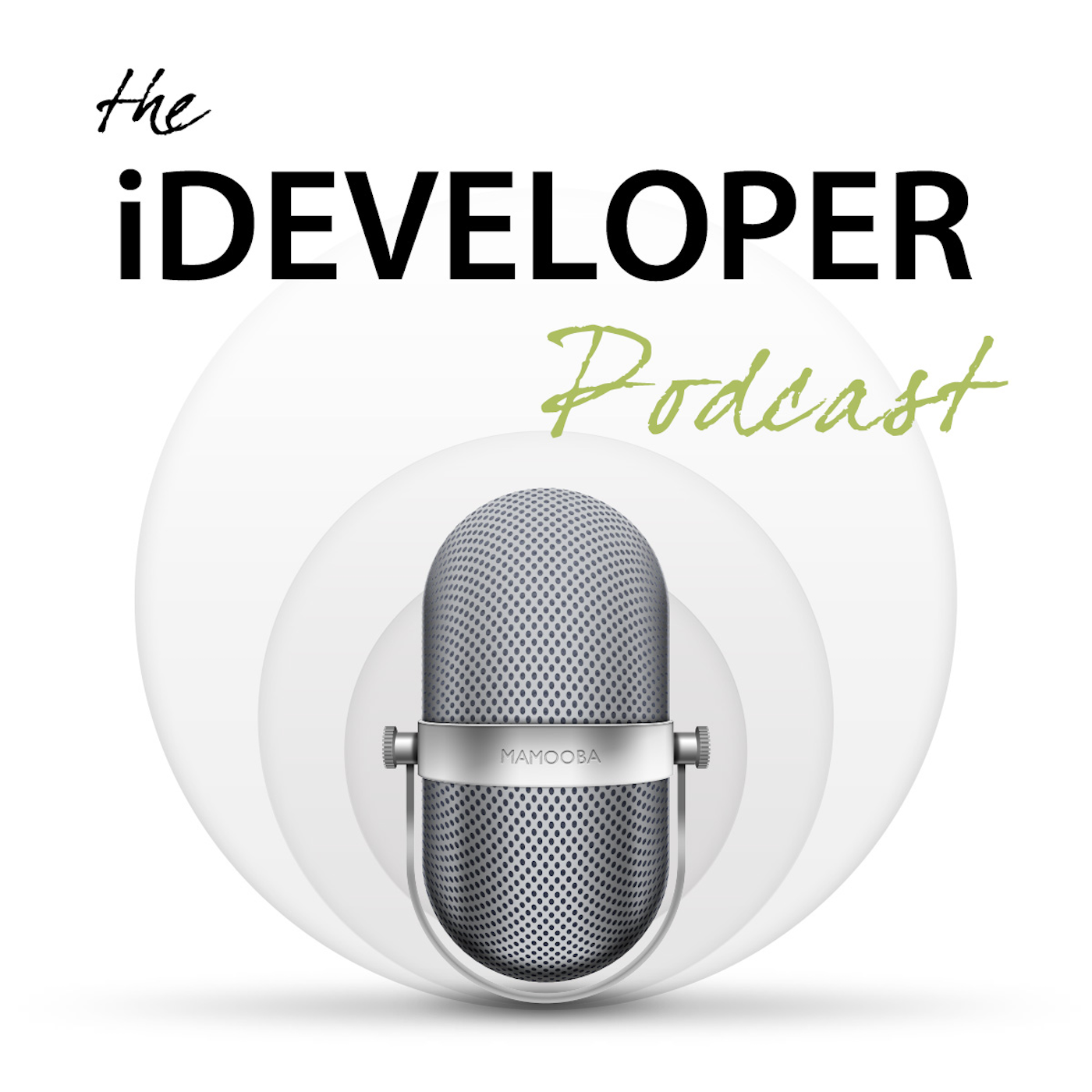
Piano, finally
Piano Finally is a podcast by an old bloke who is learning the piano, finally. I cover the process of learning the piano and music theory as an adult learner. I also review piano books, hardware and other materials from an adult learner's perspective.
Piano, finally
Episode 15 - Sound Improvements
What if a simple fix could reignite your passion for music? Join me, David Reidy, as I share how a quick but crucial repair to my Kawai NV10 by technician Stan brought my piano playing back to life. In this episode of Piano Finally, I explore my progress with scale practice under my piano teacher's guidance and unveil an exciting iPad app I'm developing to make practising scales more intuitive. Additionally, I highlight the "Musician Toolkit" podcast by David Lane, which has become an invaluable resource in my musical journey. Inspired by Tiffany Poon's thoughts on acoustics, I also reflect on how rearranging my piano space has significantly improved sound quality at home.
Ready to tackle those tricky pieces? I dive into the challenges of mastering major sixths in "A Time For Us," outlining the finger combinations that elevate both skill and performance. Hear the latest recording of this piece on my NV-10 using the SKEX Concert Grand setting and learn about my plans to incorporate PianoTek software for a more varied sound palette. Tune in for a delightful blend of technical advice, musical discovery, and personal reflections on the joys and hurdles of piano learning.
You can contact me:
- via email at david@pianofinally.show; this is probably the best option
- the show website, www.pianofinally.show
- Instagram and Threads @pianofinally
- and on YouTube
- all the podcast directories - list
- here's the RSS feed
Some of the links to books and other items mentioned in the podcast may affiliate links for Amazon or other providers. If you use one of these links, a commission may be paid to me at no additional cost to you. Thank you if you use a link.
All reviews of products, websites and services are unpaid, and no sponsorship has been received for any content on this podcast.
G'day everyone. I'm David Redy and welcome to Piano. Finally, a podcast by an old bloke who's getting around to learning the piano. Finally, Welcome to Show 15. Thank you for joining me. If this is the first time you've heard the show, welcome. I hope you're enjoying your piano journey as much as I'm enjoying mine If you're a returning listener. Thanks very much for coming back.
David Reidy:The Kawaii NV10 is back up and working. Stan, the technician, arrived on Thursday afternoon equipped with tools and the circuit diagrams and got to work. The piano was still silent, so he began by checking the voltages, all of which seemed correct. Then Stan shorted across the switch and the unit powered on. This was puzzling as it indicated that the switch was faulty, but switches like these are usually quite reliable. Removing and testing the switch unit showed that it was indeed fine. So the hunt began, Using the circuit diagrams and following the wiring. All seemed to be working properly until Stan removed the second panel and we spied a faulty connector. Fixed that and the NV10 worked perfectly. We think that the connector was faulty from the time the unit was first assembled, but the jostling involved in moving it from the shop to my house was possibly enough to make the intermittent fault. Anyway, it's working now and you'll hear it later in the episode.
David Reidy:In addition to practicing the Nina Rota piece this week, I've also been getting into scales, and more than just at the piano keyboard. Everyone needs to practice scales, apparently. So I've been slowly building up my repertoire now that I can manage both hands currently. So I've been slowly building up my repertoire now that I can manage both hands. My piano teacher has been guiding me, so I'm fine with all the scales that use the same fingering as you use for C major, which, as it turns out, is a lot of them. Over the next few weeks we'll work on the rest of the majors before moving on. I have a book of scales, but I probably should practice in random order so I don't just start memorising them instead of learning and understanding them. So I've written some software for the iPad. It's still early days, but it can display all the major scales at the moment, along with their correct fingering. Once I'm happy with the layout, I'll start adding more features so that it becomes a fully featured practice app. If you'd like to help out with the testing once it gets to that stage, drop me a note at david@ pianofinally. show and I'll add you to the Test Flight Beta program.
David Reidy:If you're like me, you listen to many different podcasts, so it's probably safe to recommend another one to you in addition to Piano. Finally, Over the past few weeks I've been listening to the Musician Toolkit by David Lane. Mr Lane is a composer and music teacher and has many years of experience both on the paper side and the performance side of music. The Musician Toolkit is his second podcast, his first being Life in the Pit, which looked at music and musicians in musical theatre. The first episodes of the Musician Toolkit I listened to were the most recent. They covered four essential skills needed by performers and it is clear that Mr Lane's experience has given him a wealth of insight into the practical side of working in music more than just the theoretical side.
David Reidy:The episodes include guests who add to the information and, although I have no intention of ever working as a musical performer, I found the content to be very interesting. In fact, I found the information in the podcast so good that I've gone back and started listening to the past episodes from the beginning. The show has been going since early 2023 and the most recent episode is number 90. Episodes range in length from around 15 minutes up to almost two hours, and they cover a huge range of performance related topics. I'm currently on episode 20, which is the second part of two, looking at the music of John Williams from the perspective of a composer. In these two episodes, David is joined by Dr Frank Lehman, an expert in John Williams music. Their insights are great and they include recordings of the themes and ideas they're talking about. So if you want to listen to some really interesting talk about music, that is a good mix of composition and the practical side of music performance add the musician toolkit to your podcast list list.
David Reidy:Sound improvements how good does your piano sound? I was watching one of Tiffany Poon's YouTube videos from when she was playing in Salzburg, in which she listens very carefully not only to how the piano sounds by itself, but also how it interacts with the concert hall. It got me thinking about whether or not I'd made decent decisions when putting my piano in place. I chose the location of the kawaii based mostly on where it would fit without being in the way of things. A full 88 key piano is always about a metre and a half wide and you need to sit back from it, so it's not something you can hide away in a corner. An upright piano or a digital piano will therefore need a square space of about 150 centimetres on a side. Microwave's a bit deeper, so two metres was needed. Unless you live in a rather large house, most places aren't going to have that area unused. Realistically, it means that you will either give over a reasonable proportion of your main living space or set aside a spare bedroom If you're the only one in the family interested in playing the piano.
David Reidy:Taking up the centre of the lounge room and blocking everyone's view of the television with a piano is unlikely to be well received. But if you're able to make playing more of a family affair, then perhaps rearranging the lounge room is not too much out of the question. So how will it sound? My piano room has a normal height ceiling, carpet on the floor, windows along one side, bookcases along the other and some soft furnishings. The piano sits in the middle of the room, which made it much easier for Stan, the technician, to get to the insides. The room contents mean that it's not very echoey. The speakers in the kawaii point up and towards the front, so it sounds pretty good. The windows in the room are floor to ceiling and have Venetian blinds covering them. I've noticed a big change in sound when the blinds are up and the sound reflects from the glass. There's also a more subtle change when they're down and partially rather than fully closed.
David Reidy:I think I've ended up with the piano in a reasonable spot, though more through luck than good planning, and it would be a big job to move the piano around to find somewhere different. It weighs over 130 kilos, but things are going to change. One thing the NV10 can't do that the Roland FP90X can do is take the audio in using a USB cable. Using PianoTek on the Roland was as easy as plugging the iPhone in, changing one setting on the keyboard, and the Roland would swap to playing the PianoTek sound rather than its own internal modelling. The Kawai can do this with an additional audio cable and some fiddling. So I'm doing things differently. I have a spare M1 Mac Mini that I no longer need for teaching, so I'm going to make it my permanently set-up piano tech machine and add a small studio sound system to it. This will mean I can use the Kawai as is the Kawai most of the time, but switch it to effectively being a MIDI controller with the full grand piano action when I want to do something a bit different. I'll let you know how things go.
David Reidy:Dust is everywhere, and traditionally pianos are black, so it shows. The Kawai seems to need a dusting every day. It doesn't always get one, but it needs it. With its shiny black finish, it's easy enough to wipe over with a soft cloth, and I keep the floorboard down when I'm not playing, so the keys don't need as much cleaning. The Roland, on the other hand, is a different matter. It's also black, but it's matte plastic rather than polished wood, so it's not quite as easy to wipe down, and now that the Kawai is back in action, it will likely get less playing time. I'm also pretty sure that with it going unplayed for days at a time, it is more likely to get things put on it or damaged, so a solution was needed.
David Reidy:To the rescue came the Clairvoyant Digital Piano Cover. I found this on Amazon, and it's from a company that makes a large range of custom-fitting covers for keyboards, upright pianos and other instruments. They make one for the FP90X, so that's what I ordered. The cover is made from a light but durable material, with a soft side that goes against the instrument and a waterproof side with a subtle check pattern that goes on the outside. It's available in black or white and it fits perfectly. Perfectly includes having a cutout on the top that fits around the music stand so you can leave music books in place even when the piano is covered. It covers the front, back and the sides, but folds out of the way to give full access to the keyboard and controls without needing to remove it. I'm much happier knowing that the Roland has some protection from knocks and dust, but with a cover that's easy to move out of the way so that it's not a barrier to playing the instrument on the spur of the moment. If you need a cover for a keyboard upright or even some small grand pianos, check out Clairvoyant. They may have what you're looking for.
David Reidy:Well, that's it for this week. If you'd like to contact me, email is the best way. You'll find me at david at pianofinelyshow and the website at wwwpianofinelyshow. In both cases, pianofinely is all one word. The show is also on Facebook and Instagram. You can subscribe via any popular iOS or Android podcast application or from directories such as Apple Podcasts, Spotify or Player FM. So until the next episode, I hope your piano stays in tune and you enjoy your time at the Keys.
David Reidy:This week's progress piece is still the same as last week's. It's the first nine and a half bars of Nino Rota's A Time For Us from Franco Zeffirelli's film Romeo and Juliet. I'm still working at keeping the tempo consistent, getting better at that and left-hand chords are going well and I'm getting closer to the right speed Because of the iPad software I'm writing to help with the practicing. I've also spent a fair bit of time working on scales.
David Reidy:There's a tricky part coming up in the next section of A Time For Us, where five pairs of notes need to be played. They're all major sixths, and the first is played in the right hand with fingers 1 and 5, which is no trouble at all. The second is played with fingers 1 and 5, which is no trouble at all. The second is played with fingers 1 and 4, the next with fingers 1 and 3, and the second last with fingers 1 and 2, which is getting pretty close to my maximum span with those fingers. It finishes with a relaxing break back to fingers 1 and 3. The idea is to play it legato between the pairs, even though the thumb has to move and I'm not using the pedal to help get by. After the main practice piece I'll add in my latest progress with that section. With the NV-10 back working, this week's practice pieces have been recorded on it using the SKEX Concert Grand setting on full. I will add the Pianoteq software to the setup over the coming weeks so we will return to more variety soonish. Thank you.
Podcasts we love
Check out these other fine podcasts recommended by us, not an algorithm.

Connected
Relay
Upgrade
Relay
No Such Thing As A Fish
No Such Thing As A Fish
We Can Be Weirdos
Global
Stuff The British Stole
ABC and CBC
The iDeveloper Podcast
Steve Scott (Scotty) & John FoxRaven On: A Pop Culture Podcast
Natalie Bochenski & Stuart Layt
Smart Enough to Know Better
Dan Beeston & Greg Wah
TopMusic Piano Podcast
Tim Topham
The Chopin Podcast
Garrick Ohlsson and Ben Laude



